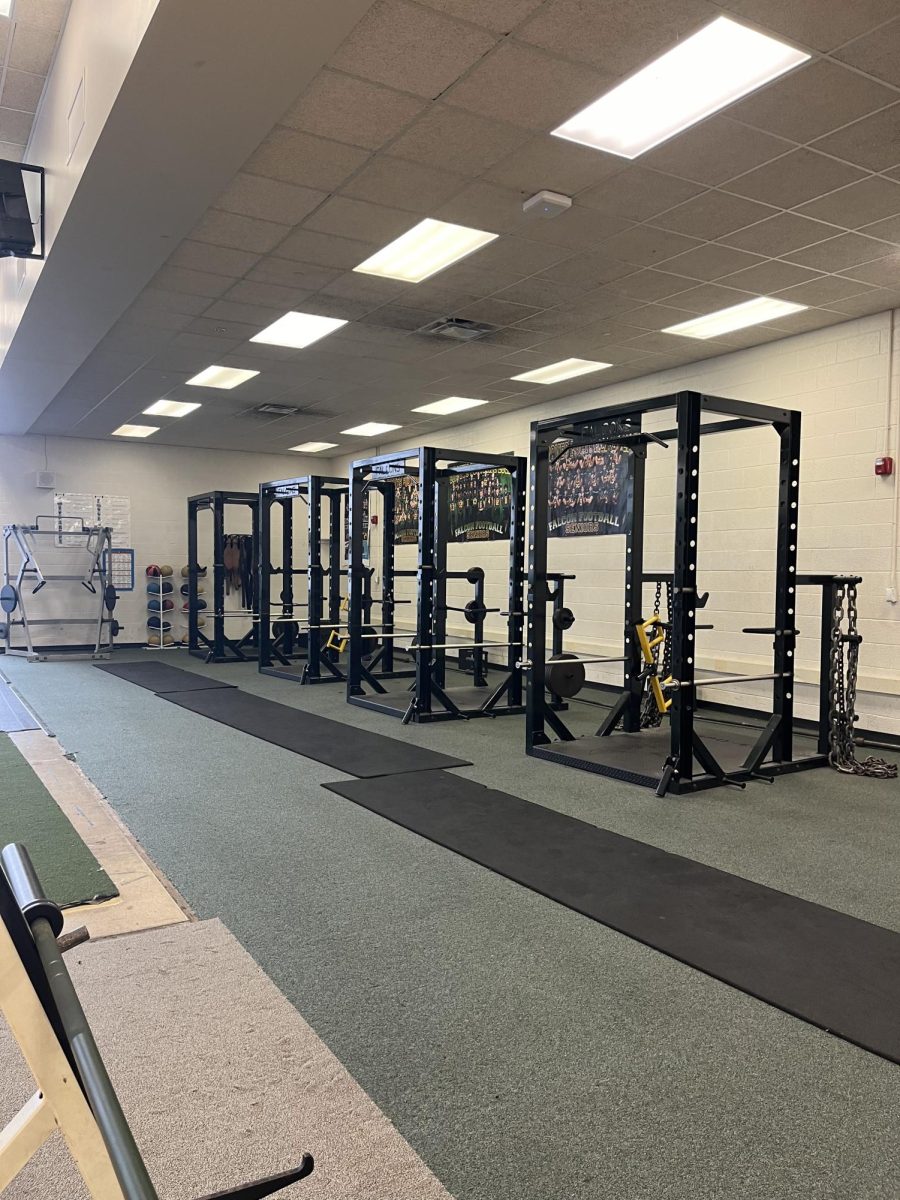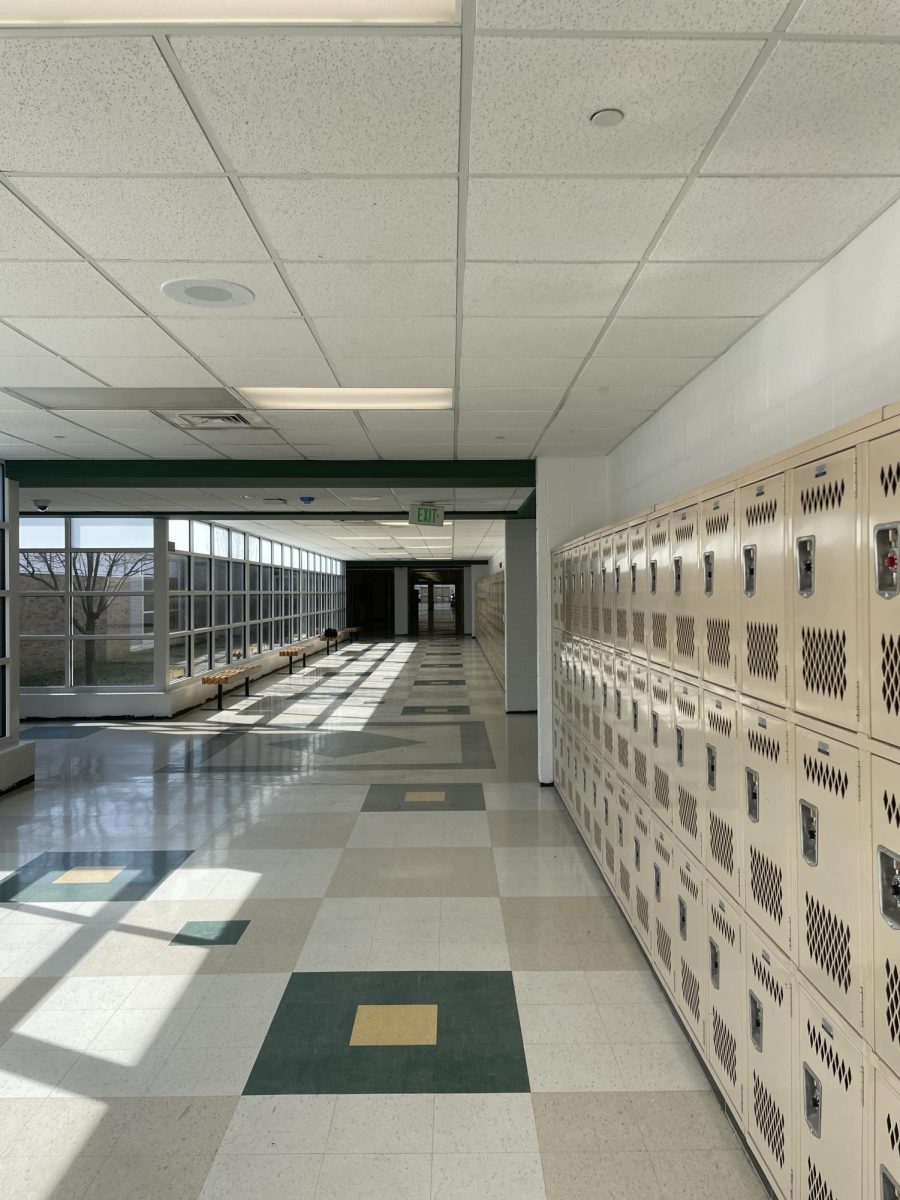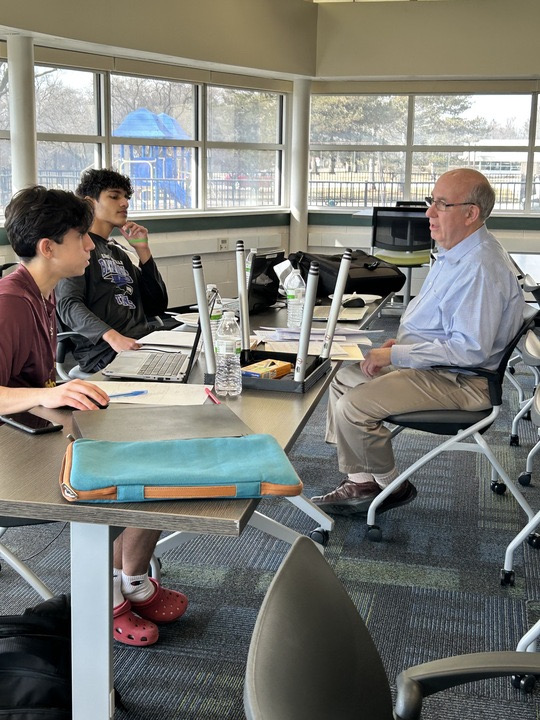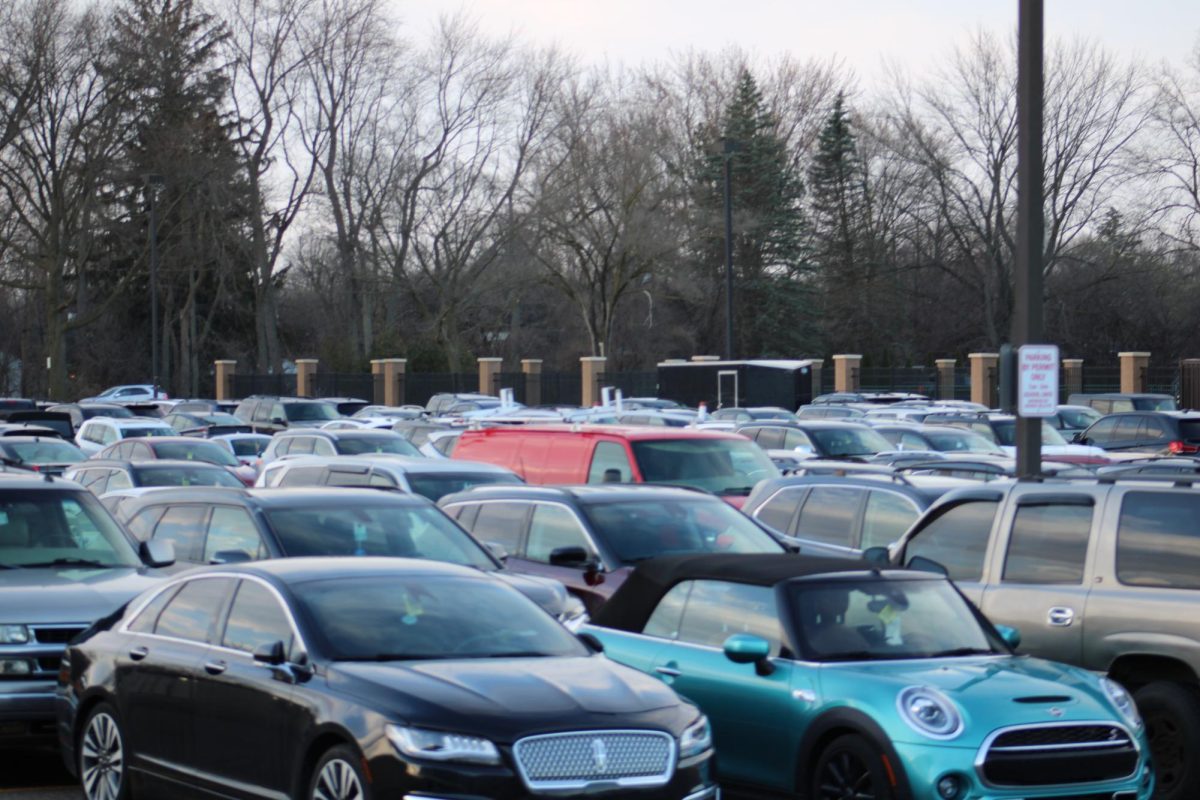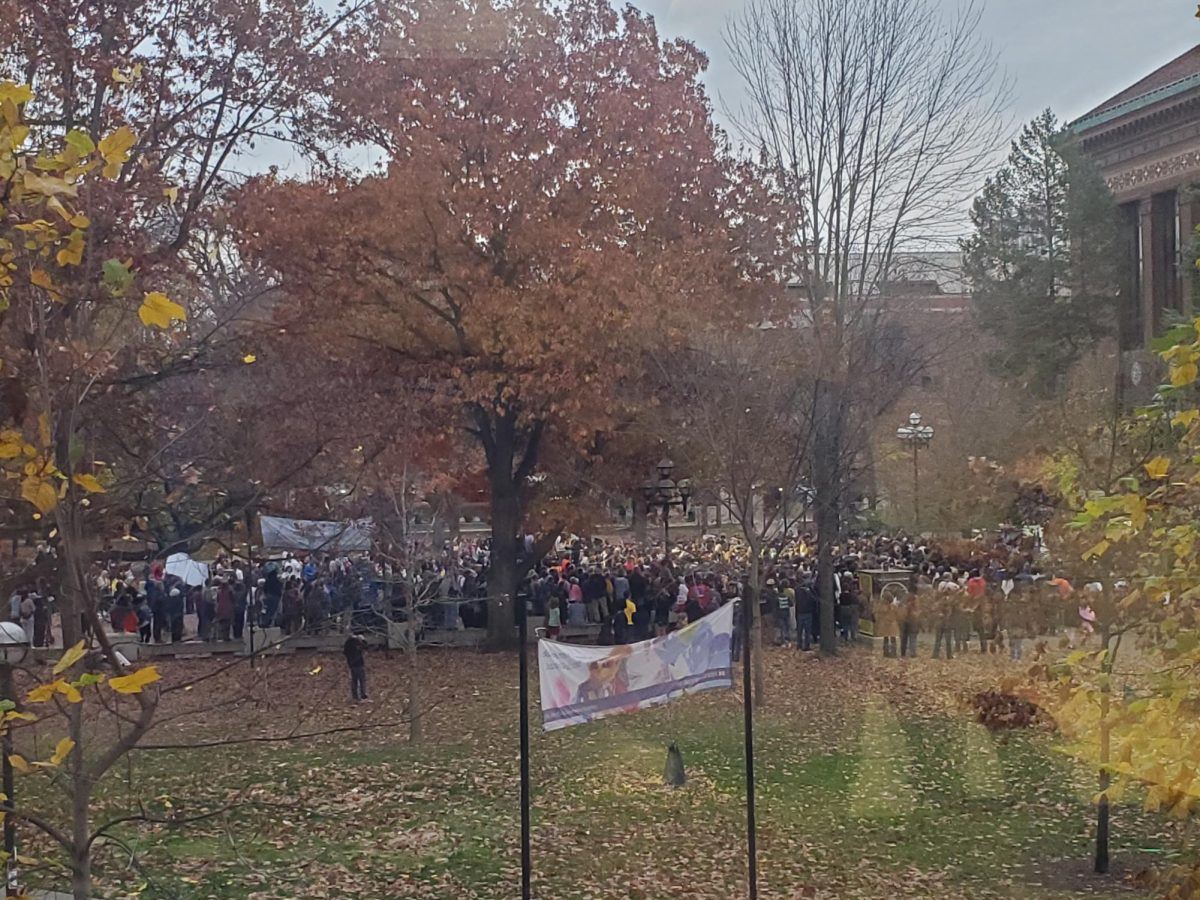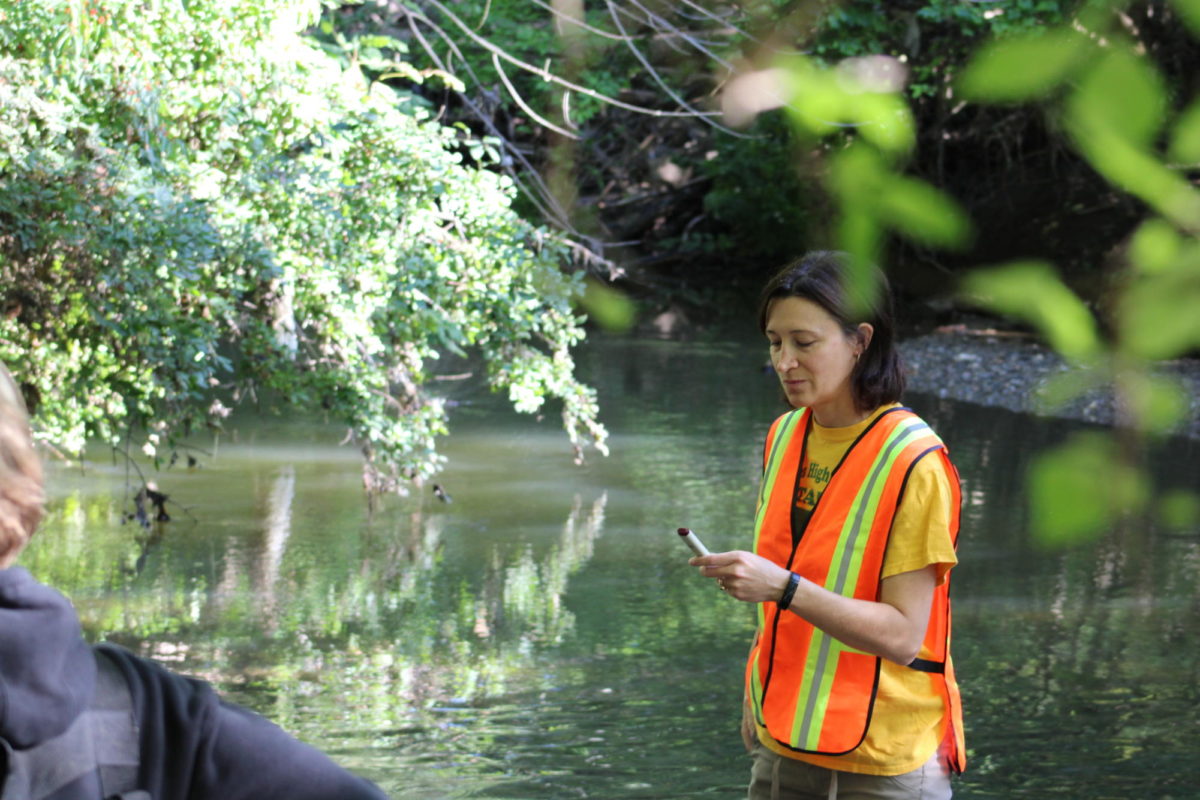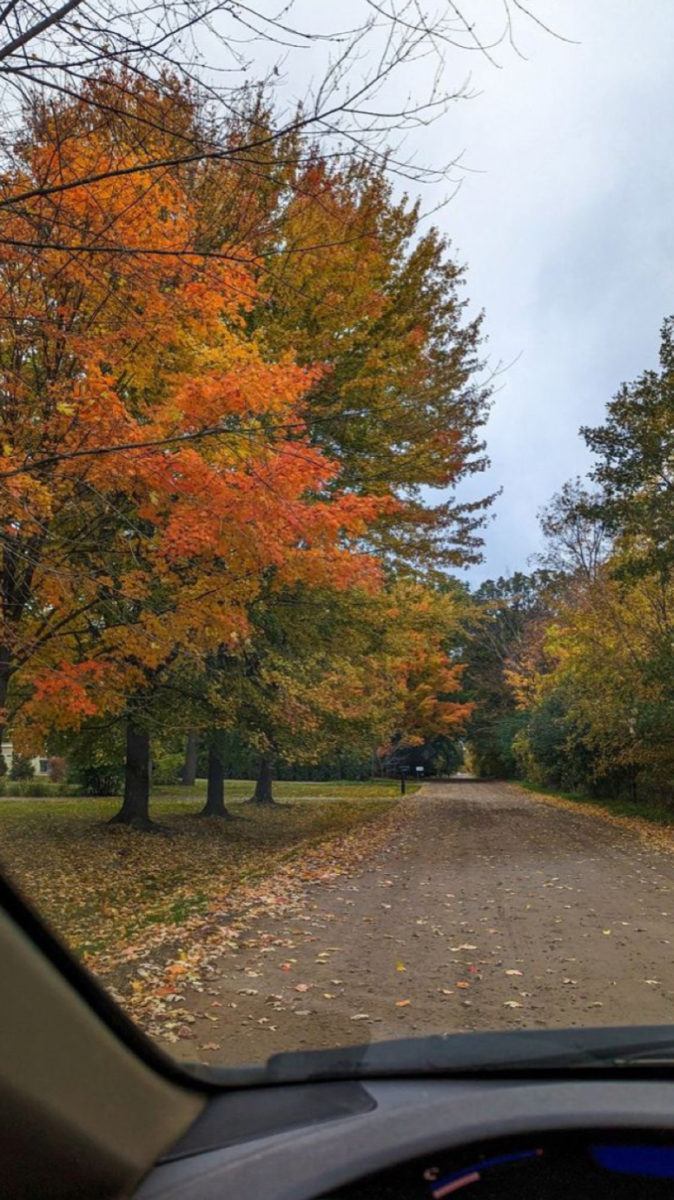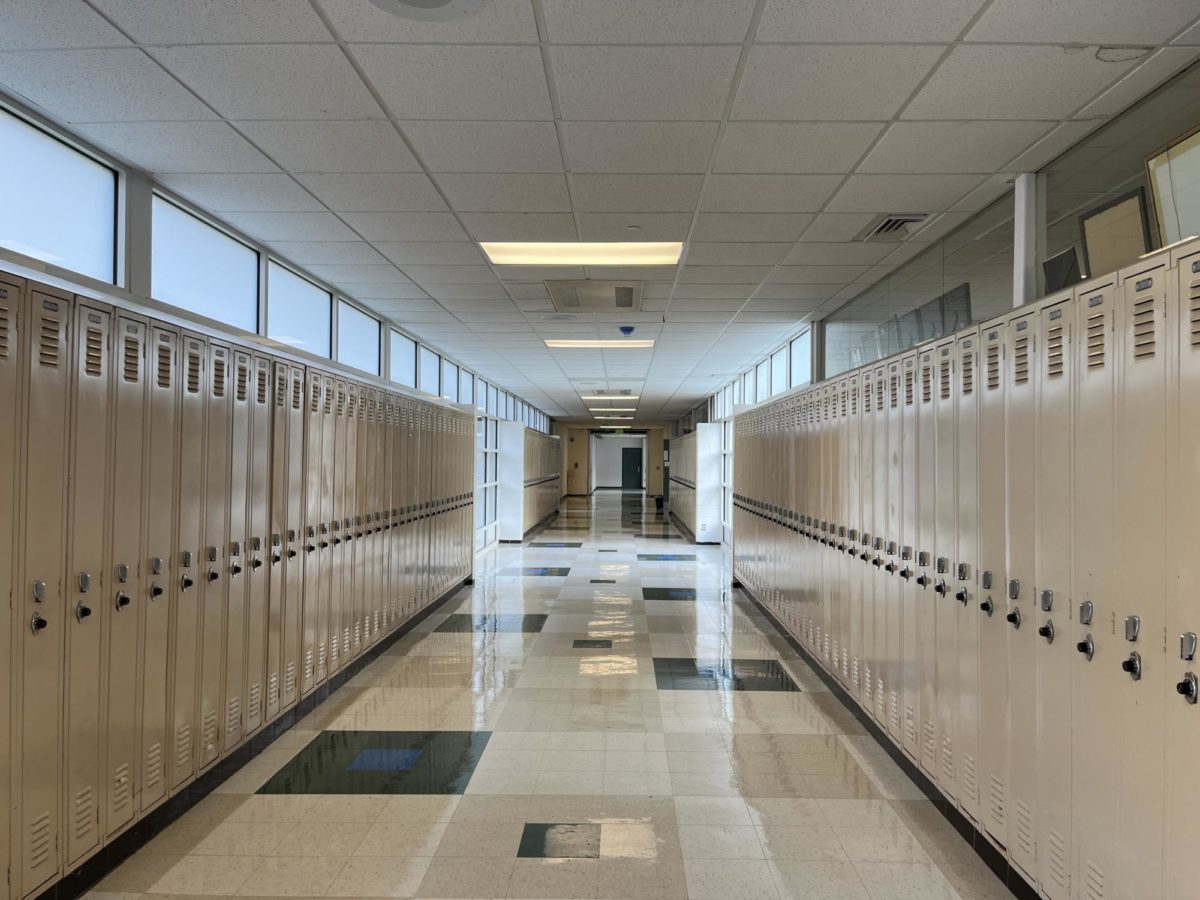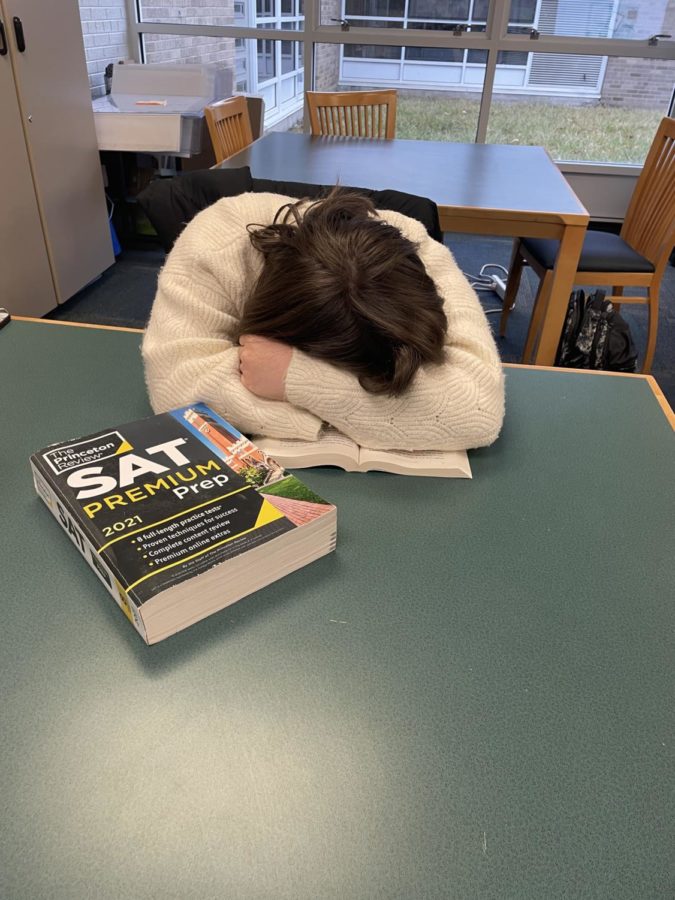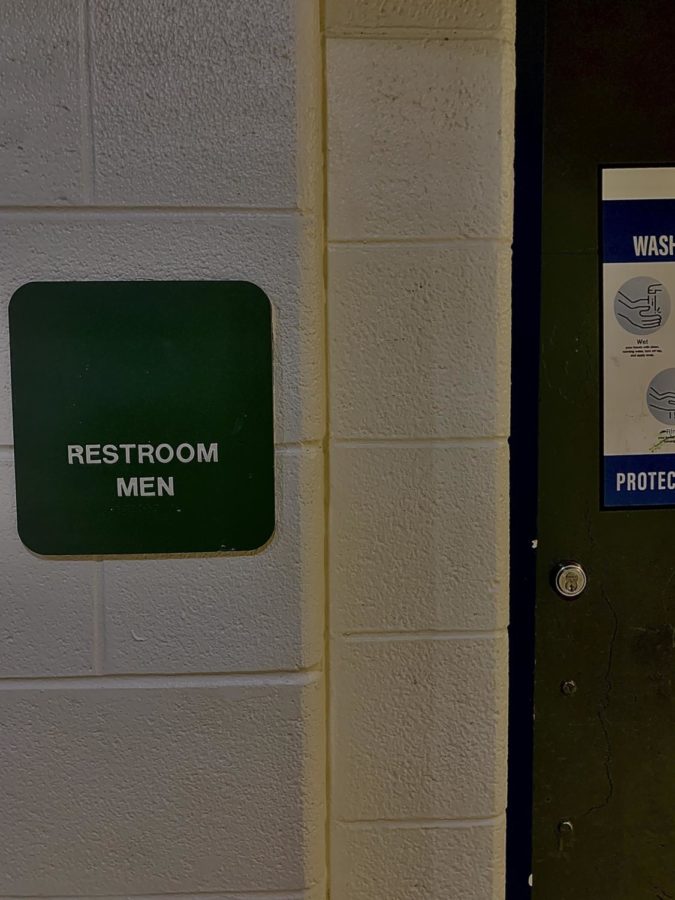Climate watchers continually blame Michigan’s lackluster weather on climate change— and the threat is real. As El Nino, a periodic weather event, calms the seas on the southern sphere, Michigan is collecting its fair share of warming weather now more than ever. While many resident commuters and citizens view it as a break, the effects of such weather behavior will bear consequences.
Aging buildings and schools are some of the most vulnerable public works. Much of Michigan’s infrastructure is notorious for being old, worn-down or damaged, hence Governor Gretchen Whitmer’s winning slogan, “It’s time to fix the damn roads.” However, roads are not the only public work in need of funding and upkeep. Despite teaching thousands of students across the state, public schools are often ignored when it comes to repairs including our own maintenance.
“Historically, public schools have been excluded from federal infrastructure legislation,2 despite representing the nation’s second-largest infrastructure sector,” said Jamil Modaffari, Research Associate, and Akilah Alleyne, a former staff director, in a report about K-12 Infrastructure.
Flooding and water damage in public school systems is a persistent problem that causes negative health, environmental and economic effects. Looking closer at Michigan, it is clear that many schools are in need of repair.
Michigan is famously known as the “Motor City”. The state, historically filled with nationally recognized innovation and R&D, is now suffering from a copious amount of decaying infrastructure. Michigan’s original attraction of being the “Great Lakes State” has proven to be more dangerous than not.
“Many of Michigan’s historical cities struggle to maintain aging water infrastructure, including drinking water systems, sanitary sewers, and stormwater management systems,” according to a report by the Citizens Research Council of Michigan, a Michigan-based research organization. The report later revealed the poor infrastructure maintenance has driven many former Michigan residents to Florida.
Buildings are not the only form of aging works. Michigan’s development was built on paved roads. Despite being the original innovator of paved roads, Michigan highways and pavement are continuously eroded. Parking lots and garages are littered with potholes and cracks that lead to frequent county complaints.
The Citizens’ report even revealed that “Michigan’s highways are the fourth worst in the nation, while its locally maintained roads are in even worse condition.”
Along with physical barriers and insecurities, underground piping is a frequent concern. The lack of repair and maintenance of underground pipes and water systems leaves them vulnerable to weathering and underground erosion, common in climates with frequent weather changes.
“Water pipes in the cold regions may experience fewer number breaks due to the warmer weather and less severe winter, whereas those located in the hot regions may experience more failures associated with more corrosion,” said a research report supported by the US National Science Foundation.
It’s no surprise that these phenomena would spill down to local schools. However, when looking at local school flooding damage from a national perspective, Michigan may seem insignificant compared to others.
“Schools in every state across the country face flood risks. Counties along the Atlantic Coast…have the highest composite flood risk scores nationwide. Counties in Alaska, Michigan, and the Mountain West have the lowest,” said a Pew research report in an analysis focusing on the nationwide distribution of flooding within public schools by county.
Regardless of its placement in national rankings, any damage to local Michigan communities and residents must be evaluated independently of others. Any risk of flooding or infrastructure damage is enough reason to shift the focus toward reforming infrastructure, at least locally.
Water damage harms books and classroom materials. Intrusive water or leaky pipes are one of the main causes of classroom damage. While schools aren’t the biggest victims of flooding damage, they are hit with the most impact. Every year, schools around the county buy supplies, textbooks and paper to supply their classrooms. Many of these purchases are not water-proof or sustainable against water damage. Even on a local level, Michigan schools are taking a hit.
“After a pipe burst that flooded several classrooms in a Rochester Community School District building, dozens of parents jumped in to help replace damaged items… The water seeped into several classrooms and office spaces and sat for days, causing serious damage,” said WXYZ Detroit, a local Michigan news station, in an article published in December.
Not only does flooding cause permanent, physical damage to classrooms, but it also creates an uncomfortable environment for students. Water damage makes flooring and walls susceptible to mold and causes foul smells. Flooding and water damage are typically obvious and quickly distributive, however, water permutations can also be subtle and quiet. This leaves more time for the water to soak and damage infrastructure. This slow permutation makes odors within classrooms worse.
“There is a substantial need to replace aging building systems in districts across the nation…When HVAC systems break down, they no longer properly filter, circulate, temperature control, or dehumidify air, leading to leaks that result in water damage and mold, as well as poor air quality in classrooms that can cause and worsen respiratory conditions among children,” said Modaffari and Alleyne when writing about air quality within K-12 schools.
The bacteria and buildup from water damage have more severe effects than odor. Water infiltration is known to come with a litany of diseases.
“Floods transport bacteria, parasites, and viruses into the clean water system, thus leading to the outbreak of waterborne disease,” said Fredrick Okoth Okaka and Beneah D. O. Odhiambo, two researchers studying the consequences of flooding outbreaks. Because schools and classrooms are closely approximated, diseases spread easily from student to student. Despite health being one of the most concerning products of water damage, mold and water-damaged infrastructure is frequently left to rot and become even more dangerous.
Clean-up efforts are both intensive and expensive for schools. “Over the next decade, it would cost an estimated $1.1 trillion to modernize and replace obsolete school buildings and systems,” said Modaffari and Alleyne.
Unfortunately, feasible solutions are far and few in between. Rebuilding and reforming infrastructure is an intensive project that requires not only funding but also time and social support. Classrooms and modern school buildings are often filled with structure problems in combination with the unfavorable conditions of cold weather and pre-existing damages. However, some solutions are still on the table, particularly at a federal level. The largest step the federal government and states can take towards furthering stable education infrastructure is to remove the initial risk.
“When communities leverage federal funds to rebuild or repair damaged infrastructure, these investments must account for future risk. Where feasible, they should consider relocating schools out of flood-prone areas,” said the Pew Research report. Pew Research outlined distinctive strategies to help, however, there is no “cure-all-be-all” for an evolving and widespread crisis like school flooding and water damage.
The first step is understanding the risk to students and staff employed in educational institutions. Many local institutions and communities, like in Michigan, are waiting and ready to embrace systemic change that builds disaster plans and has federal assistance. Both community bottom-up and federal top-down strategies are necessary to produce concrete results. With millions of students at risk nationally, the federal and state governments must provide the praxis for reform.










